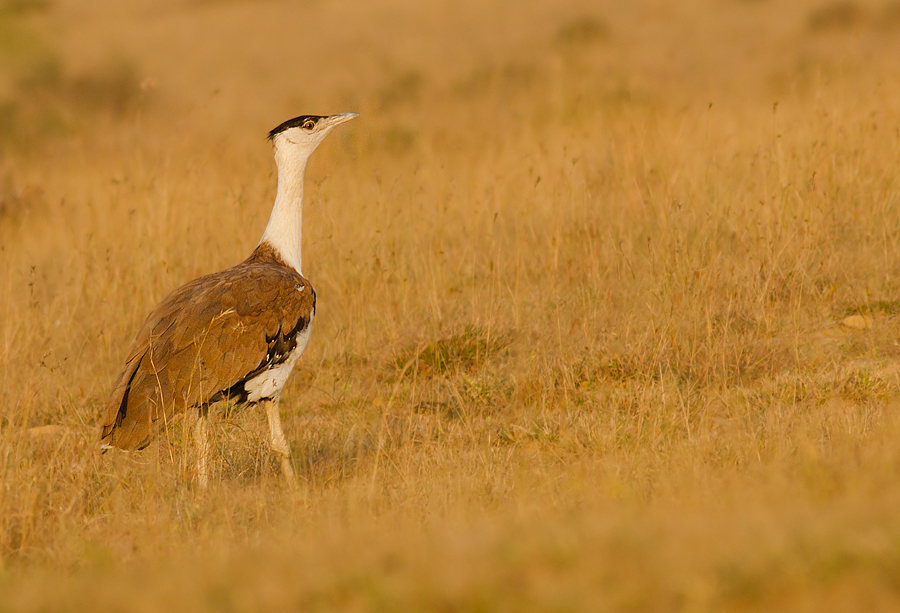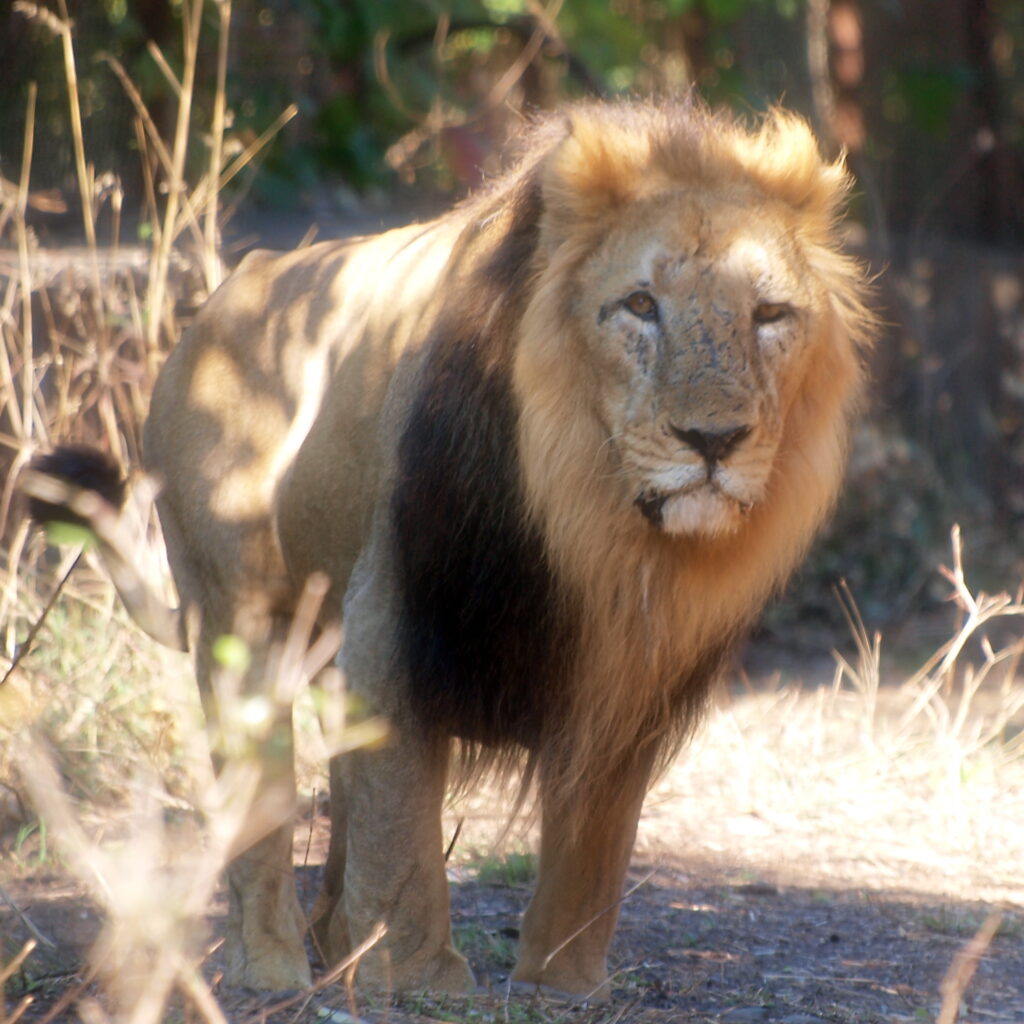Guards in Assam’s protected forests have to face poachers armed with sophisticated guns day in and day out. Waking up to the serious lacuna in the system, conservation authorities in Assam and local NGOs have recently introduced technology such as conservation drones in Kaziranga. It’s time the protectors of wildlife are well equipped to save the endangered one-horned rhino from poachers, writes Atula Gupta.
There is little remorse on the face of the poacher when he pulls the trigger to kill a rhino. The beast is more useful to him dead than alive — what is the cost of a life really when the poacher can spend almost an entire year without working, in exchange for a single pretty looking horn.
It is this extravagant price offered for the body part of the rhinoceros that is turning men into monsters in Assam today. And they are not anymore a small group of bow and arrow hunters. They are the lords of the jungle handling the latest HK MP5 submachine guns that can fire 100 shots in seconds.
These are gifts from their illicit backers in the wildlife trade. Faced with such ruthless modern-day hunters, can the forest guards really protect the wild using their hand-me-down World War II weapons? The rusted ends of their gun barrel tell another story.
On any typical day in the jungles of Assam, the enormous and endangered one-horned rhinoceros spends hours grazing in the serene forest land, sometimes submerged in the cool, gurgling waters of the Brahmaputra.
But lately, this peaceful scenario has been disturbed because death is always lurking in some nook and corner of the protected forests. Be it in the Kaziranga National Park, Manas or other protected reserves, poachers are everywhere.
Jungle wars
The trouble is local. Like the residents of a village called Dobahati Beloguri that sits on the eastern edge of the Kaziranga. The village is inhabited by the Mishing community, a plains tribe living along the banks of the Brahmaputra. But more than its scenery, Dobahati Beloguri is known as a den of rhino poachers. Most men here proudly and dispassionately speak of their profession as rhino-killers. The Russian AK series rifles, American M16s, and German HK MP5s and HK 33s are in plenty — in their homes and arms.
Forest rangers, on the other hand, are faltering to keep up with the title of guardians of wildlife. It is not valour they lack, but the weapons that weaken their might. Most rangers in the forests of India are battling poachers with guns such as the .315 bore and 12 bore guns and 7.62mm 2A1 bolt-action rifles.
A senior officer point outs that these guns are excellent to scare wild animals but resemble toy guns when confronted with poachers armed with sophisticated semi-automated machines.
While a World War II bolt-action rifle may cost around 550 dollars in the market today, a modern HK MP 5 is a whopping 17.5 thousand dollars. This simple price difference shows the amount poachers are easily spending to create havoc in the jungles. It is after all a minor investment when the illegal animal parts trade is earning them millions of dollars each day.
A senior Assam Police officer involved in counter-insurgency operations reveals, “These weapons are either originals or knockoffs of Russian AK series rifles, American M16s, and German HK MP5s and HK 33s. The superior rate of fire of these weapons gives the user a huge advantage.
Poachers have been using Kalashnikovs extensively, and the HKs in a few cases.” Assam is not the only state that is fighting this mis-matched weapons war, though.
In Gujarat’s Sasan Gir, home of the last Asiatic lions, guards have been forced to fight poachers with 12 bore double barrel shotguns and .32 revolvers. “We have been purchasing only these revolvers lately.
But wherever the threat of poaching is high, units are given other guns. We have no semi-automatic or automatic rifles,” says Sandeep Kumar, the deputy conservator of forests, Gir.
Technology matters
Waking up to the serious lacuna in the system, conservation authorities in Assam and local NGOs have recently introduced technology such as conservation drones in Kaziranga. The introductory test flight of the Unmanned Aerial Vehicle (UAV) was held in the park on April 8 this year and officials are confident their use will aid in guarding the 480-sq-km park in a better way. The State government has also asked India’s Central Bureau of Investigation (CBI) to investigate three cases of one-horned rhino poaching.
These are for the poaching cases that occurred between July and September last year at Golaghat, Karbi Anglong and Nagaon districts. The results of these recent initiations are yet to be seen.
Men in the frontline are well aware of the occupational hazards that come with the job, be it army officers, policemen or commandos. But they do not endanger their lives without ample preparation. They are all trained and equipped mentally, physically and through the armoury they are provided with for years, to defend their country against any act of vandalism or terrorism.
Forest officers are uniformed soldiers too with a much wider area of combat today and defending what World Bank reports as 23 per cent or almost one fourth of land in India that comes under forested area. In the darkest, deepest jungles where the deadliest monsters lurk with state-of-the-art weapons, isn’t it time that these defenders too come equally prepared? If not, the fate of Indian wildlife will be forever sealed to turn into medicine and souvenir shop curios.
Original Publication: Deccan Herald
Date: 29 April, 2013
Link: In the line of fire



